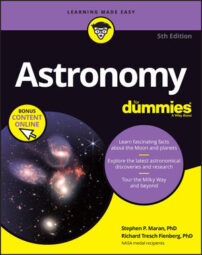Further, you need a DSLR that you can set for time exposures and that accepts a cable for an intervalometer or "remote switch with digital timer."
You might need to spend more on a suitable camera for meteor photography than on a decent small telescope for other observations, but the camera can be used for other purposes, not just your astronomy hobby.
Here are some important guidelines for digital meteor photography:
- Observe from as dark a location as possible, away from urban lighting.
- Try meteor photography only when the Moon is below the horizon.
- Use a sturdy tripod so the camera doesn't shake during a time exposure.
- Use a wide-angle lens (because you'll catch more meteors in a single shot than with a normal lens) and set it on Infinity. Don't use a telephoto lens.
- Use an intervalometer or "remote switch with digital timer" to operate the camera shutter without shaking the camera and to take pictures at regular intervals during the night.
- Point the camera about halfway up the sky from the horizon to the zenith, or a little higher, facing whichever direction has the least interfering sky glow from city or other lights.
-
Spend some time making test exposures to determine what settings to use on that particular night. (The best settings vary depending on how bright the sky is.) Make several 10-second exposures, some 20-second exposures, and some 30-second exposures. You're trying to determine how long you can let an exposure last (the longer the better) without skylight overexposing the picture.
You may need to repeat this series of time exposures for each of two or three ISO settings. (With a larger ISO setting, you can record fainter meteors, which means more meteors, but with the larger ISO setting, the sky overexposes sooner, so you can't expose for as long a time.) With experience, you should find the "sweet spot" of exposure time and ISO that works best with your lens at your location.
- For more info on digital meteor photography read this expert advice.
When photographing a meteor shower, take the photographs when the shower radiant (the constellation from which the meteor shower seems to come) is well above the horizon, preferably 40 degrees or more. The horizon is at 0 degrees altitude, and the zenith (overhead point) is 90 degrees up, so the halfway point between them is at 45 degrees; two-thirds of the way up is 60 degrees, and so on.

